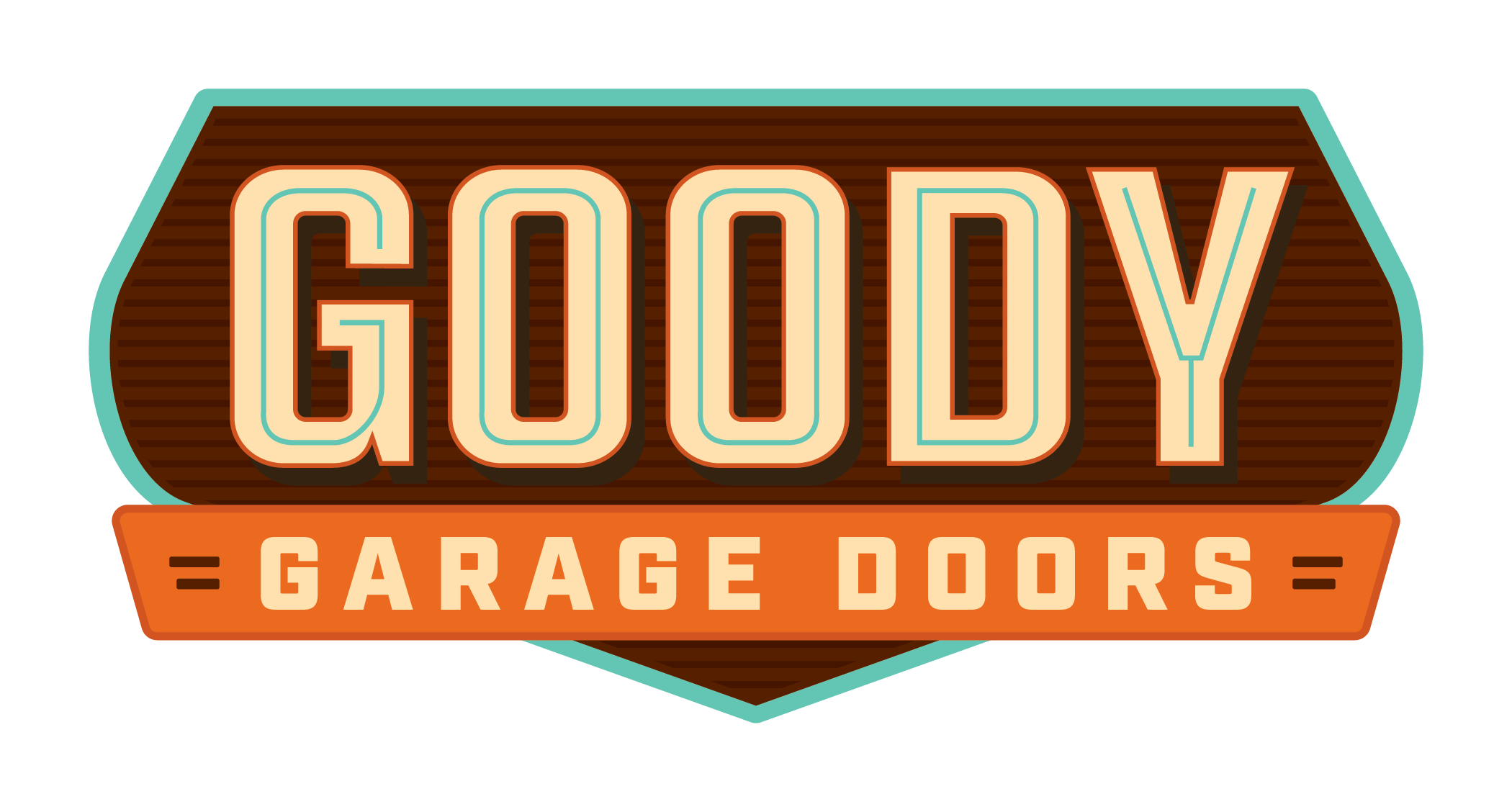The garage door provides countless benefits, including curb appeal, increased property value and an astounding amount of utility. It is composed of an intricate system of components that, when properly maintained, work together to ensure the door operates in a safe and efficient manner. A malfunctioning garage door, however, can render the entire system nonoperational; necessitating your need for the best garage door repair.
Here are four of the most common problems.
Broken Garage Door Springs
One of the most critical components in a garage door assembly is its spring system, which includes either torsion or extension springs, along with cables and pulleys. This system provides counterbalancing force to raise and lower a door that can weigh more than 150 pounds. After 10,000-cycles (standard), every spring on every garage door will get metal fatigue and snap, rendering the door inoperable. Repair of broken garage door springs often requires the complete replacement of both springs.
Safety Warning: If you suspect a spring has broken, do not continue operating the door, as this can further damage the door’s assembly. Property damage or personal injury is another possibility. Always contact a professional for replacement of broken garage door springs. Unplug the opener from its power source until the best garage door repair can be made. Do not disengage the door from the opener, especially if it was in the open position when the spring broke, as this could cause the door to come crashing down.
Broken Garage Door Cables
As mentioned, the cables move every time the door is operated, right alongside the springs and pulleys. They may break over time, causing the door to malfunction. Monthly visual inspections may, however, identify signs of their wear before they go kaput which is why it’s always a good idea to perform routine maintenance on the door and its components. Cable failure requires the expertise of a best garage door professional. Replacement of both cables is almost always recommended.
Misaligned or Obstructed Sensors
Another common issue is a door that won’t close. This could result from a problem with the photoelectronic safety sensors for which every automatic garage door opener is equipped with. Located towards the bottom of the horizontal tracks, their main function is to detect any obstructions, and “instruct” the door to immediately reverse direction. If misaligned, obstructed or damaged, the door will not close. If you can’t get your door to close after ensuring the sensors are properly aligned, clean and clear of any content of your garage, contact a local garage door repair professional.
Worn or Bent Garage Door Tracks
If your garage door tracks are bent, warped or otherwise damaged, the door may not function properly. The tracks act as rails for the rollers to guide the door while it opens and closes. If you accidentally bumped into the one of the tracks and it dents, you could try gently knocking it back into shape with a soft mallet; don’t use anything harder than this. If the dent persists, or the tracks are warped or damaged, leave it to the pros to get your garage door back on track.






